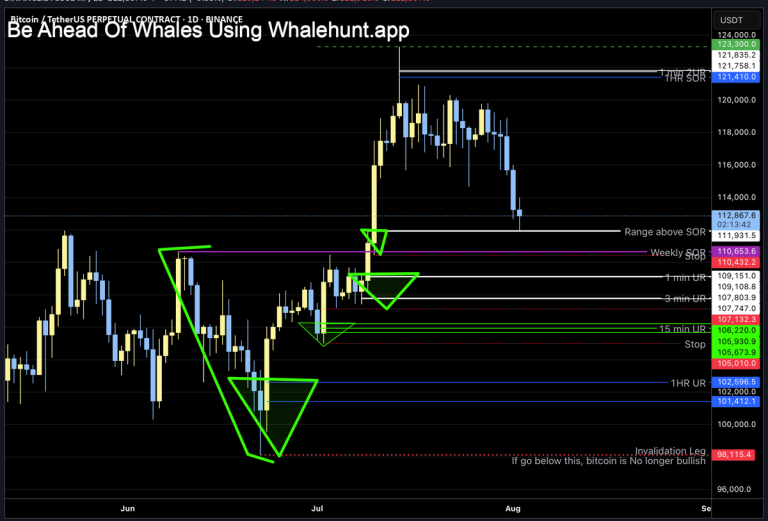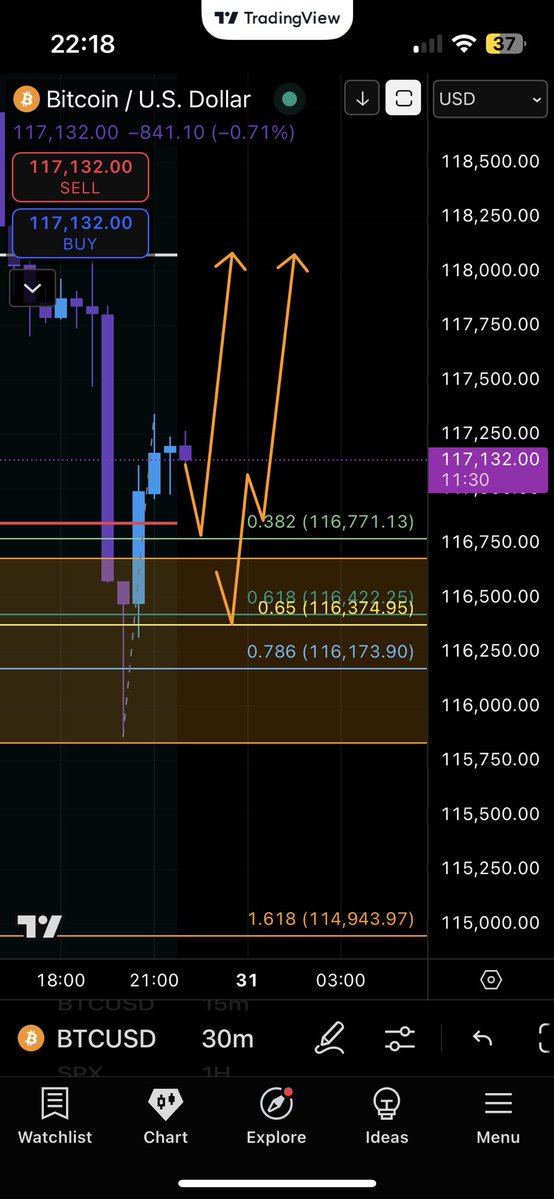
Navigating the Crypto Landscape: A Deep Dive into the Top 50 Cryptocurrencies
Introduction: The Ever-Evolving Crypto Market
The cryptocurrency market is a dynamic and rapidly evolving space, with new projects emerging daily while established players continue to dominate. Understanding the top 50 cryptocurrencies by market capitalization is crucial for investors, traders, and enthusiasts looking to make informed decisions. This analysis explores key aspects of these digital assets, including their market value, utility, real-world applications, and strategic vision.
Market Capitalization and Dominance
Bitcoin (BTC) – The Digital Gold Standard
Bitcoin remains the undisputed leader in the crypto space, often referred to as “digital gold” due to its scarcity and store-of-value properties. As of July 2025, Bitcoin’s price hovers around $117,989, with projections suggesting significant upside potential, including a 361% upside to a top cap of $544,323 [1].
Ethereum (ETH) – The Smart Contract Pioneer
Ethereum, the second-largest cryptocurrency, powers decentralized applications (dApps) and smart contracts. Its market dominance is reinforced by its role in DeFi (Decentralized Finance) and NFT (Non-Fungible Token) ecosystems. Recent analysis suggests Ethereum could face a record short squeeze, potentially pushing its price to $4,000 soon [2].
Hedera Hashgraph (HBAR) – A High-Speed Alternative
Hedera Hashgraph (HBAR) is gaining traction as a high-throughput, low-latency blockchain solution. Its unique consensus mechanism and enterprise adoption make it a strong contender in the blockchain space.
XRP – The Cross-Border Payment Enabler
XRP, developed by Ripple, facilitates fast and low-cost cross-border transactions. Despite regulatory challenges, its utility in the financial sector remains strong, making it a key player in institutional crypto adoption.
Emerging Trends and Strategic Visions
The Rise of Layer-2 Solutions
Many top cryptocurrencies are focusing on scalability through Layer-2 solutions. Projects like Polygon (MATIC) and Solana (SOL) are enhancing transaction speeds and reducing costs, making blockchain technology more accessible.
Regulatory Challenges and Market Sentiment
The crypto market is heavily influenced by regulatory developments. For instance, warnings against Indian crypto exchanges and tokens highlight the risks associated with unregulated platforms [3]. Investors are advised to stay away from Indian exchanges and tokens due to high volatility and potential scams [4].
Bitcoin’s Role in Retirement Planning
A striking projection suggests that Bitcoin could be a viable retirement asset by 2035, assuming continued price appreciation and inflation adjustments. The analysis estimates the amount of Bitcoin needed to retire comfortably in different countries, reinforcing its long-term value proposition [5].
Trading Strategies and Market Analysis
Technical Analysis and Price Predictions
Traders rely on technical indicators to predict market movements. For example, Litecoin (LTC) saw a 10.9% profit in a recent trade using Wyckoff accumulation strategies [6]. Meanwhile, Bitcoin’s short-term analysis suggests key reversal points for scalpers [7].
The Impact of Whale Activity
Whale movements significantly influence market sentiment. A recent 40x Bitcoin short position by a major player indicates potential volatility, with a liquidation price set at $119,490 [8].
Forex and Crypto Cross-Analysis
Some analysts compare Bitcoin’s performance with traditional assets like gold and forex. A robust rally in Bitcoin’s price, holding near all-time highs, suggests strong market confidence [9].
Conclusion: The Future of Crypto
The crypto market is at a pivotal moment, with Bitcoin leading the charge as a store of value, Ethereum expanding its DeFi capabilities, and new projects like Hedera Hashgraph and XRP driving innovation. However, investors must remain cautious of regulatory risks and market volatility.
As the industry evolves, staying informed through analysis-backed signals and technical insights will be key to navigating this dynamic landscape [10]. Whether you’re a long-term HODLer or a short-term trader, understanding the fundamentals and market trends will help you make smarter investment decisions.
—
Sources







